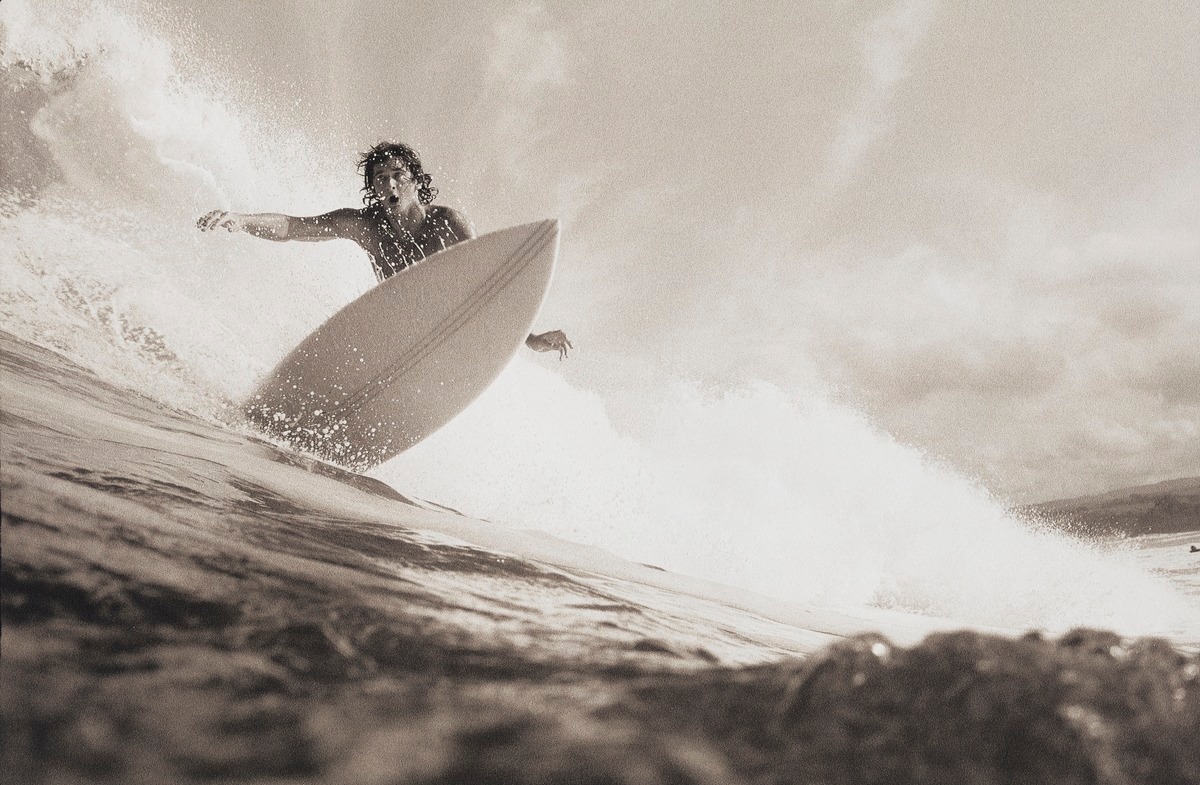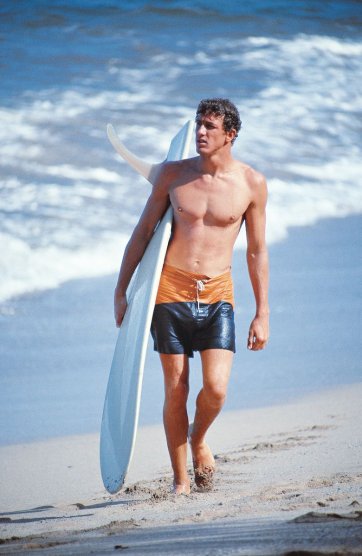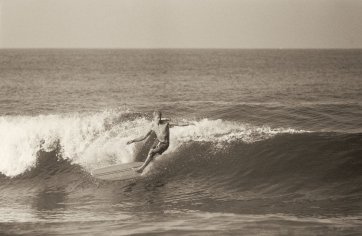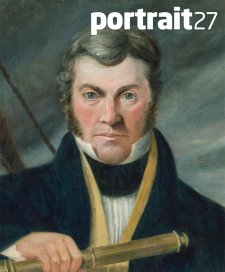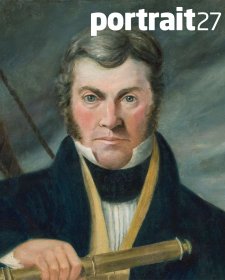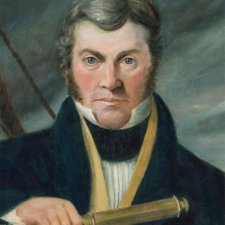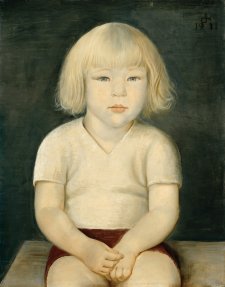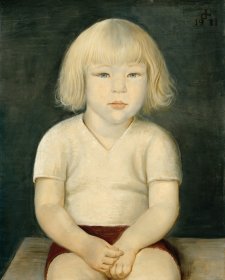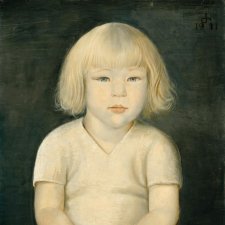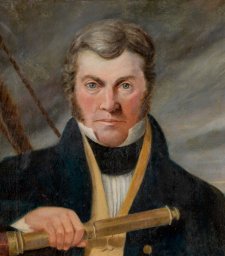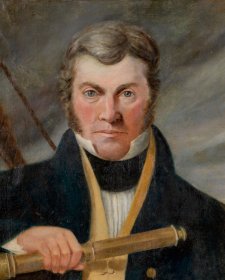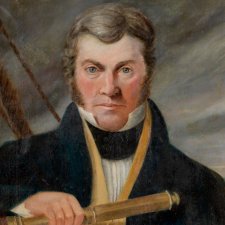I started by borrowing a camera and a telephoto lens but this had obvious drawbacks. The next stage was sharing a camera and lens. That came to an unhappy end when my co-owner went to load what he thought was an empty camera. I graduated to a Pentax Spotmatic and a 400mm Tamron lens of my own. This was not superb equipment. Envy was personified by knowing someone who had a 500mm lens. Ironically, those lenses meant that the ocean itself was almost always a major character in the pictures that we took – something I now value.
I was in my arrogant late-teens when I began, around 1961. The Australian surfing magazines had started not long before and the standards were low. Taking surfing pictures looked easy and I figured that I could do it. I was in first year at university and eager for distractions.
It was easy to photograph surfing. You stood on the beach, used your experience in the water to anticipatewhat a (hopefully good) surfer was about to do next and pressed a button. If you knew the surfers and how they rode waves it was easier, and in those days the surfing community in Sydney was quite small. I was fortunate to have as friends, or at least acquaintances, many of the best surfers of a generation.
By the mid-1960s I’d begun to write, design and sometimes edit one of the magazines. Surfing publications weren’t a place to provide a future (or much of a living) but we had a good time. I also got to go surfing quite a lot.
I’d hazard a guess that the current surfing magazines still don’t have too many journalism graduates or photographers with training of any sort. In the 1960s it was the perceived wisdom that you could do anything. There was some rather poor material published as a consequence, but I retain more than a passing regard for the idea.
It’s interesting that the insular little world we inhabited should now be viewed through the lens of popular culture and given an importance that we would have laughed at. Nostalgia can’t be blamed for it all, we must have had a significance that unfortunately went unnoticed at the time.
As I recollect, surfers weren’t looked on too kindly in the 1960s. We wouldn’t join the surf clubs and be responsible. We were definitely bad examples. But we redefined beach culture in Australia. To be around to observe and record that was, with hindsight, a privilege but mostly it was just fun.
To understand Midget Farrelly’s position in Australian surfing you have to think of Russell Crowe as the only actor of international stature in Australia. And the first. That’s the position Midget occupied after he won the Makaha International contest in Hawaii in 1962 and then the inaugural World Championship at Manly in 1964. He was the first hero of Australian surfing.
Midget at Palm Beach seems very much anchored in the time and is hardly adventurous, but as a portrait it expresses the essential grace and elegance of Midget’s surfing.
Nat Young was the alpha male of Australian surfing and the successor toMidget Farrelly in the local hero stakes. He won the World Championship in 1966 in San Diego, California, and left an indelible mark on the surfing that followed. This was a period that saw the emergence of Australian surfing as a major international influence for the first time. It marked the arrival of the shortboard, which transformed the way that waves were ridden. Leading the pack was Nat with a determination that was not going to be denied.
This photograph was taken in Hawaii in December 1967. The board Nat is carrying is an experimental V-bottom board on which, as Matt Warshaw wrote in The Encyclopedia of Surfing, ‘helped introduce the surfing world to the high-performance possibilities of the shortboard’. Nat’s almost intimidating physical presence was a major element both of his character and his surfing, and it shouts at you in the picture.
Mark Richards at Haleiwa, Hawaii was taken a little before he became the first person to win four consecutive world championships (1979-82). On the North Shore of Hawaii, the respect of your peers was as important as competition wins, and in 1976 Mark was regarded by many as the standout surfer of the winter.He managed to combine being mild-mannered and yet ultra-competitive, and was wonderfully talented.
Mark was also the complete professional. The picture illustrates his extraordinary (and necessary) focus on the wave, but also on me and the camera, and he’s happy to cooperate. The composition (and the sharpness) are a bit of a fluke because this is way before auto-focus and it was my first water-housing. It’s an image I’m still pleased with.
This period in Hawaii pretty much marks the end of my period taking surfing photographs. I wasn’t that good at it and it was boring standing on the beach for hours on end. Even the new waterhousing couldn’t rekindle my interest.
Looking at my pictures forty years later does show the advantage of carrying a camera a lot of the time. I recorded (often without much thought) all sorts of details that seem, fortunately, to have acquired interest with the passing of time. That these pictures are in the National Portrait Gallery’s collection is a long way from wandering around with the Spotmatic. I mean, I’m pleased about it, but it is funny.
